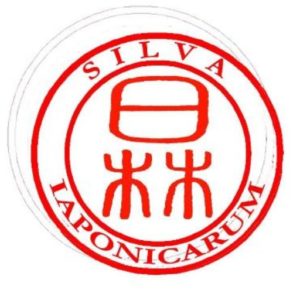All academic papers sent to Silva Iaponicarum undergo a two-step qualification process. First, the paper is evaluated by the editorial board for its overall compliance with academic standards and compatibility with Silva Iaponicarum Guidelines. Second, on condition of successful completion of step one, the paper undergoes anonymous peer-reviewing.
1. Evaluation by the Silva Iaponicarum editorial board
In order to be positively evaluated for further editorial procedures, the manuscripts need to meet the following criteria:
- The content needs to reflect original and previously unpublished academic achievements in any field of humanities or social studies focused on Japan and/or Japanology.
- The length of the paper should be from 3,000 to 10,000 words, excluding the abstract and references.
- The manuscript should follow the editorial Guidelines.
2. Peer-reviewing
- External peer-reviewing in Silva Iaponicarum is conducted by a minimum of two anonymous reviewers whose field of expertise is concurrent with that of the evaluated manuscript.
- In principle, reviewers are selected from among academics who hold a Ph.D. degree in Japanese studies or a related discipline. Concessions may, however, be made in the case of renowned specialists concerning the specific content of the evaluated paper.
- Throughout the reviewing process, the principle of double-blind review is strictly observed. Before the transfer to a prospective reviewer, all papers are carefully anonymized – any suggestions of the author’s identity, along with the meta-data of the file, are removed from the text.
- Reviews are written with the use of Silva Iaponicarum review forms (available below).
- The language of the reviews and the review forms may be either English or Japanese, and it should accord with the language of the manuscript.
- The review form includes an obligatory section with four yes-no questions and a four-scale grade, and an optional section for the reviewer’s comments/feedback.
- Within the four-scale grade, grades “a” and “b” indicate a positive assessment, grade “c” a conditionally positive assesment, and grade “d”– rejection. Grades “a” – “c” are therefore considered positive or “pass” reviews.
- As a rule, the paper needs a minimum of two positive reviews in order to be published. The editorial board, however, reserves the right to make case-by-case decisions in borderline circumstances, such as ultimately rejecting a paper which received grades “c” and “d”.
- A list of reviewers who have cooperated with Silva on the fascicles issued in the passing calendar year will be published at the end of the final fascicle of each year.
